1 .3. 2 Lower curing temperature
Common latent curing agents are imidazole and imidazolium salts, dicyandiamide, organic acid hydrazides, boron trifluoride complexes, of which dicyandiamide is the most widely used. Epoxy resin compositions using dicyandiamide as the curing agent have a pot life of more than six months, but have disadvantages such as high curing temperature (175-210°C), slow curing speed, and many use of one-component epoxy resins. In the case of adhesives, because the devices and materials cannot withstand such temperatures and cannot be used, or because of the production process requirements of the production line, the curing temperature of the one-component epoxy resin adhesive must be reduced. Therefore, studying the latent curing system to reduce the curing temperature of the one-component epoxy resin adhesive, while having sufficient storage stability has always been an important research topic in the field of adhesives.
The corresponding accelerator is added to lower the reaction temperature and increase the reaction activity. Examples of accelerators for the dicyandiamide curing system include imidazole and imidazolium salts, organic ureas, phosphine-containing compounds, and quinone derivatives. In order to reduce the temperature of the dicyandiamide-cured epoxy resin, some people have used different types of catalysts for more in-depth research. After continuous exploration and pursuit, great progress has been made. The use of 2,6 diammine ruthenium modified phenolic resin not only improves the heat resistance but also enhances the activity. Simultaneously, tetramaleimide (TMI) is added to further increase the heat resistance. The solid carboxyl rubber is added to improve the toughness, and the catalyst B is reduced. The curing temperature meets the technical requirements of medium temperature curing and high temperature resistance. The obtained adhesive can be cured at a medium temperature of 130°C and heat-resistant at 300°C, which meets the heat-resistance requirements for high-speed flight of spacecraft fairings. The single-component room temperature storage period can reach three months.
Liu Peng et al studied the curing catalyst with dicyandiamide cured epoxy resin and found that the composite catalyst A can significantly reduce the curing temperature of the adhesive and shorten the curing time. They used a mixture of urea derivatives and hydrazine derivatives as a composite catalyst for the curing of dicyandiamide-cured epoxy resins, which can reduce the curing temperature of single-component epoxy resin adhesives to 80°C and have good storage stability. Sex. The composite catalyst A can significantly reduce the curing temperature, can be completely cured at 80°C, and can be rapidly cured at 150°C. The optimum curing temperature is about 110°C. Room temperature storage period is about 3 months. A new type of single-component epoxy latent low-medium temperature curing agent 328 is said to have the characteristics of low curing temperature and long incubation period. The incubation period is as long as seven months and the curing temperature is as low as 90° C. and the curing time is 3 to 5 hours. If combined with accelerators, the curing temperature can also be reduced.
Su-1 adhesives with epoxy 6101, novel latent curing agent C, novel curing accelerator N, and nitrile rubber can be cured at 100-110°C. The latent low-to-medium temperature cured epoxy structural adhesive with excellent comprehensive properties such as a long storage period of glue. Adhesives based on bisphenol A epoxy resin, dicyandiamide, urea, and modified materials can be quickly cured at moderate temperatures (120°C/30min). This single-component epoxy sealant is used in the printed circuit of the electronics industry. Encapsulation, with medium temperature curing, gel speed, light film curing, low viscosity, easy construction, storage period of more than 3 months and so on. Epoxy resin, polysulfide rubber modified resin as base material, dicyandiamide as curing agent, 3,4-phenyl-1,1-dimethylthiourea as accelerator, single-component adhesive prepared at 120°C 40min curing, shear strength, peel strength are good. Li Ruizhen used imidazole and isocyanate to synthesize urea derivatives from carbamoyl protected imidazole to promote the curing reaction of epoxy resin and dicyandiamide, and studied its curing characteristics. Urea derivatives such as 2-methylimidazole, which is equivalent to isocyanate, have been synthesized. It is a good accelerator in epoxy resin and dicyandiamide single-component curing systems. The accelerator has a shelf life of 2 months at room temperature in a solid epoxy resin-dicyandiamide complex system, which effectively reduces the curing temperature.
The classic dicyandiamide curing agent has the drawbacks that the cured product is prone to absorb water, easily shrinks and deforms, and has a high curing temperature. For this reason, a latent curing agent having good performance and a good process such as carboxylic acid hydrazine has been developed, and the curing temperature is lower than that of dicyandiamide. The cured product has better water resistance and toughness. In addition to its use alone, it can also be used in combination with dicyandiamide to improve the water resistance of dicyandiamide cured products. Azelaic acid dihydrazide and epoxy resin complexes can be used to prepare powder coatings and single packaging adhesives. Compared with dicyandiamide, the moisture resistance is improved, the curing temperature is reduced, and the storage stability is good.
1. 3. 3 Increase the curing speed
In the modern large-scale industrial production, increasingly stringent requirements have been put forward for high quality and high efficiency. The use of fast-curing one-component adhesives is often required in industrial production lines. Therefore, the study of one-component epoxy resin adhesives, in addition to the long storage period, the rapid (a few minutes) curing at high temperatures is a new topic. To achieve high-temperature rapid curing, the choice of curing catalyst is the key. Theoretical analysis of the characteristics of the latent epoxy resin kinetics parameters, in order to seek the relationship between low temperature storage stability and high temperature rapid curing reaction, theoretical guidance for practical problems, is to carry out new latent curing agent and promote The important theoretical basis for agent molecular design. The problem of the low-temperature storage stability and high-temperature rapid curing reaction rate of the epoxy resin curing system is essentially a matter of the relationship between the curing reaction rate and the reaction temperature. Arrhenius summarized the following empirical formula:
Lnk=Ea/RT+lnA
The reaction activation energy Ea in the formula is essentially a variable related to the temperature T. The characteristics of the kinetic parameters of the latent epoxy resin system are that it should have a higher activation energy and frequency entropy factor of the curing reaction, or have a variable activation energy characteristic—the system has a higher curing reaction at a low temperature or room temperature The activation energy, in turn, has a lower activation energy for curing reaction at high temperatures. A one-component epoxy adhesive that cures at temperatures (above 200°C) and quickly (in less than 5 minutes) is particularly suitable for automated assembly line production and has better application and technical characteristics. High-temperature rapid curing one-component epoxy adhesives such as the United States Dexter's EA9414, MasterBond's Supurenel, West Germany's Henkel's MatallonE2760 and 2700 and other brands. Curing conditions were in the range of 180 to 230°C and 1 to 2 minutes, and the bonding strength (aluminum, shear) was 12-18 MPa. Typical applications are for instance the 260°C 2min rapid-curing epoxy glue from Mikafil of Switzerland for motor production.
There are also some similar types of rubber available in China. SE-11 is one of a series of SE single-component epoxy adhesives. It is formulated from a variety of epoxy resins and added plasticizers, thixotropic agents, latent curing agents, accelerators and other components, and can be quickly cured at high temperatures (220-250°C) (18 to 25 minutes). Has a long storage period (more than six months), good bonding strength and good performance. As a composite material base with steel wire, glass fabric magnetic slot wedge, suitable for assembly line production. Chen Erchun, Tang Zhenxin and other synthetic imidazole metal compounds (type A), macrocyclic aramid (type B) as one-component epoxy A and B adhesives formulated as accelerators for dicyandiamide latent curing agents, and The research on the curing behavior was conducted, and it was confirmed that they are high-temperature (250-200°C) fast (2-5min) cured one-component epoxy adhesives, with long storage period, and have been used in electronic components for electromechanical components. Bonding, suitable for assembly line production.
1. 4 cationic photocurable
In the past 20 years, epoxy-cationic photopolymerization has been developed on the basis of radical photopolymerization studies. It can be used as a one-component epoxy resin adhesive to obtain an adhesive that fully maintains the inherent characteristics of the epoxy resin. It has the advantages of high efficiency, energy saving, and environmental protection. It has strong adhesion to the cured material, low shrinkage, and can significantly improve the epoxy. Resin adhesive properties. Adding a special photosensitizer to the epoxy resin has a long pot life at room temperature, and after ultraviolet irradiation, it can quickly start curing reaction. Photosensitizers include diazonium salts, iodonium salts, and barium salts, which can cause cationic polymerization of epoxy resins under ultraviolet irradiation.
As a cationic photocurable epoxy resin, BA type, aliphatic type and alicyclic type can be used, but general-purpose resins have too little practical value due to too slow curing speed and large brittleness of the cured product. Some foreign manufacturers have introduced epoxy resins that are specifically designed for cationic light curing and have excellent properties to meet the needs of most conditions. Cationic photosensitizers such as diaryl iodonium salts (DPI), triaryl phosphonium salts (TPS), etc. all have good photo-curing accelerating effects. Norland Products Incorporated's optical adhesive Nor Land Optical Adhesive series is based on cationic light curing epoxy resin, with high strength, low shrinkage, low stress characteristics, can be used for optical glass prism bonding, optical fiber joint bonding. Domestic preliminary studies on cationic light-curing adhesives have been conducted, mainly due to price reasons. This type of new adhesive with good properties has not yet been used in large quantities.
2 Conclusion
One-component epoxy resin adhesives are easy to use, high performance and high efficiency, and are generally welcomed by users. With the advancement of technology and market development, there is reason to believe that more and more high-performance one-component epoxy adhesives will enter the application field and play an increasingly important role. Among them, ketimine type adhesives are mainly used in the wet construction construction field; latent curing agent type can be used in many industrial production fields; cationic photo-curing type is expected to be applied in the optical field and rapid packaging and positioning of electronic products.
Lacrosse Head For Man
Item No.:KSLH-01
Product strucure: Lacrosse head
Product description:
- Material: Nylon
- strings: different colors and material for your selection
- mesh kit available
- Customized head and logo is aceeptable
Packing details:
30pcs per carton
carton size:50 x40 x42cm
G.W.:7kg

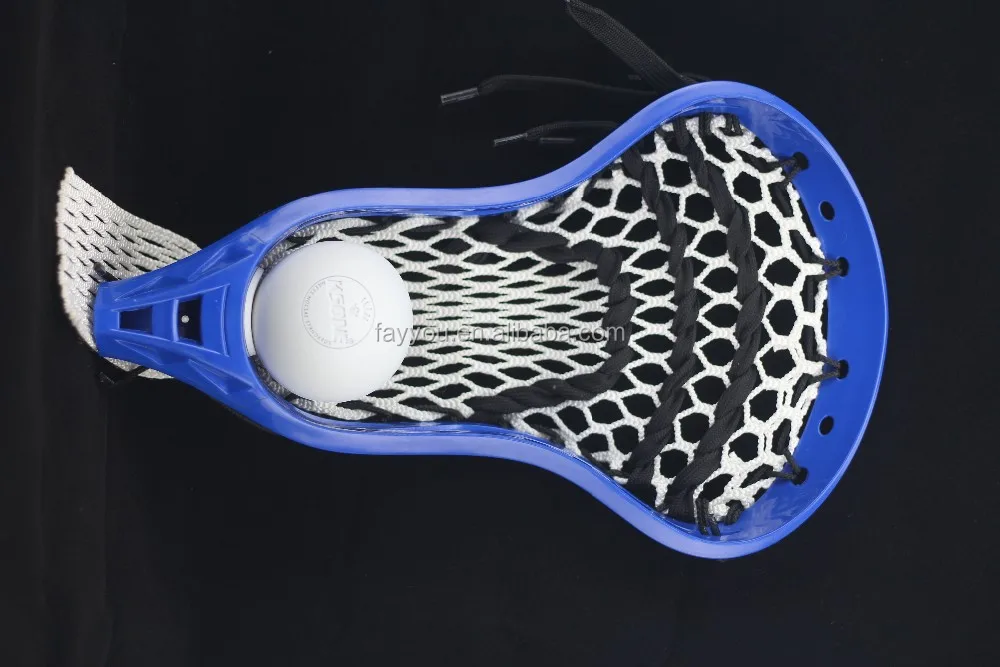
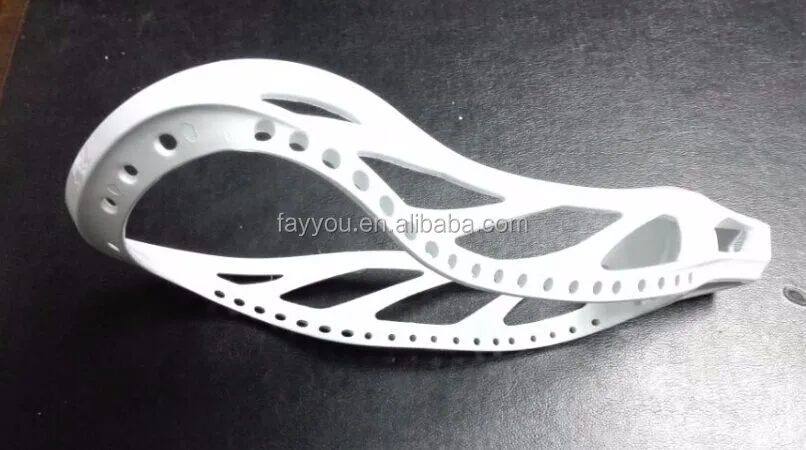
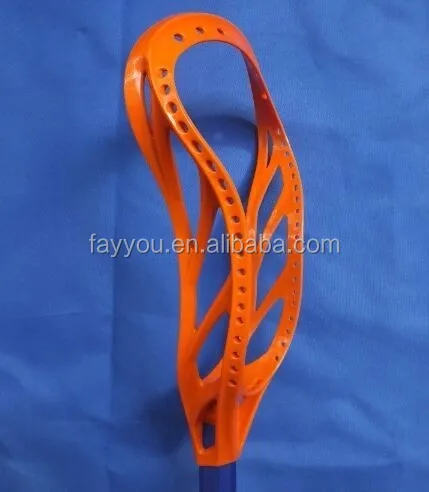
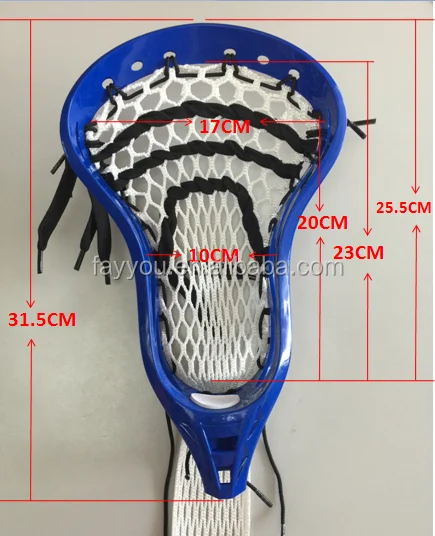
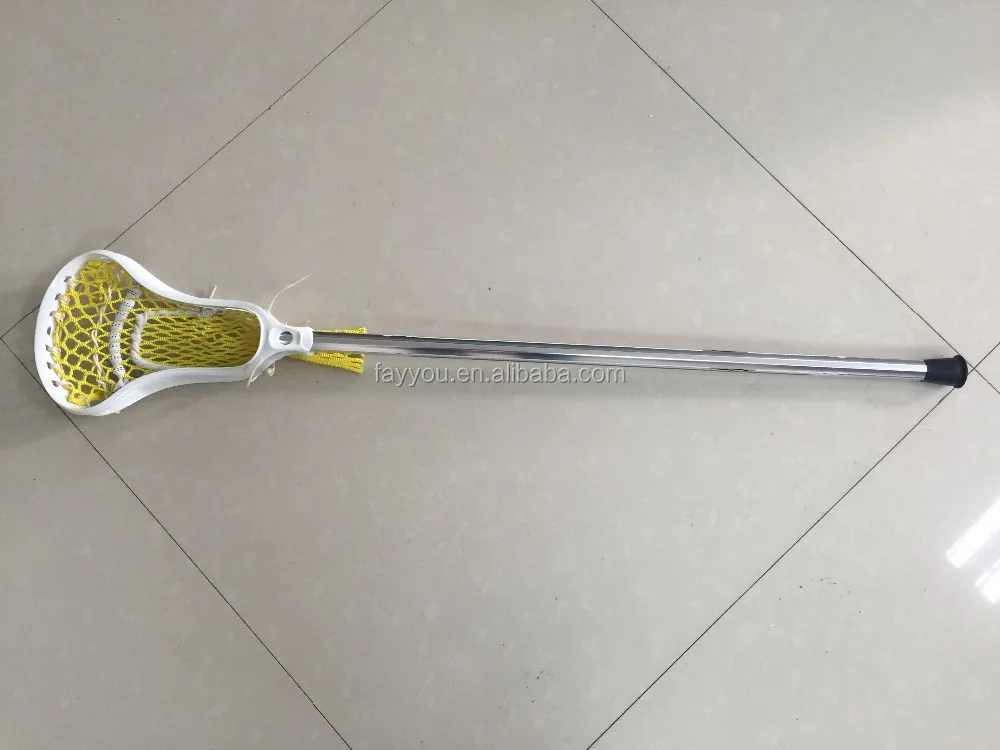
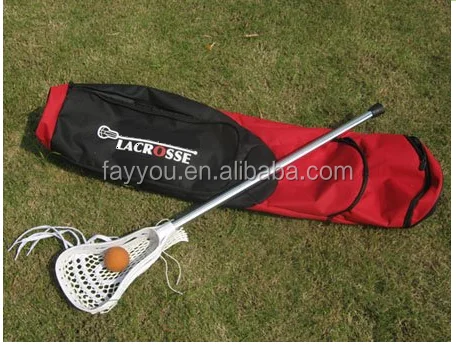

Pls kindly note:
We are professional manufacturer and exporter of Lacrosse Ball and lacrosse stick. pls kindly contact us for more product information. Thanks!
Lacrosse Head For Man
Cheap Lacrosse Head For Man,Custom Lacrosse Head,Plastic Lacrosse Head For Man,Lacrosse Head For Man
FAY YOU SPORTS CO.,LTD , http://www.ksonelacrosse.com